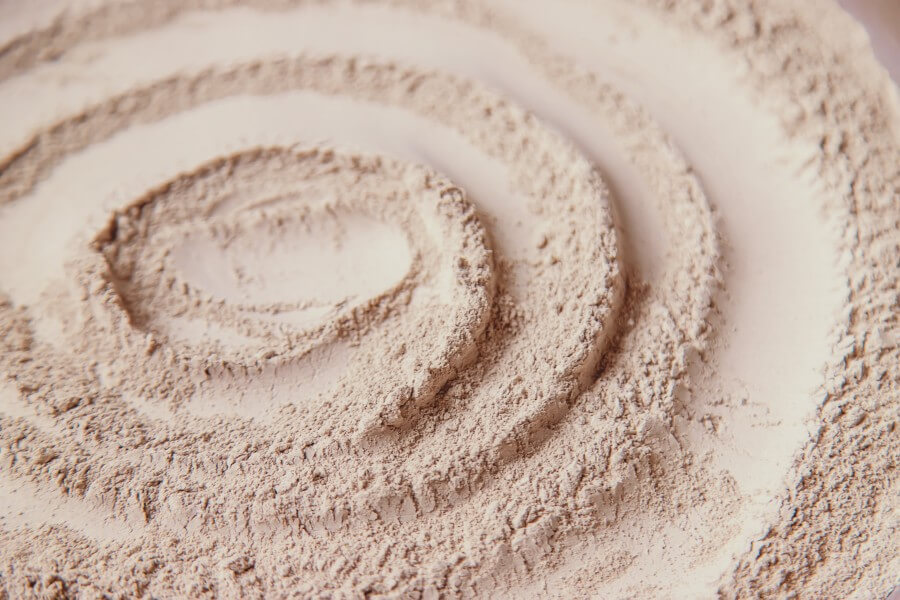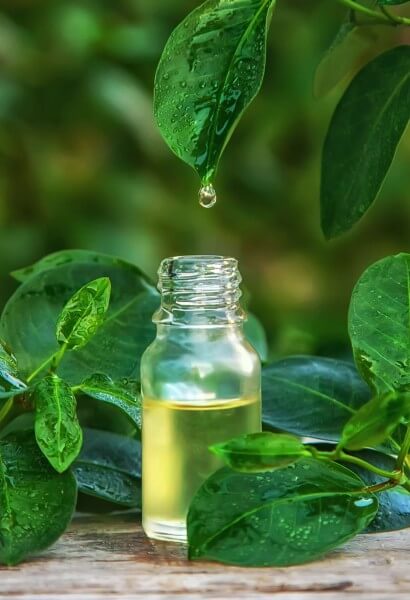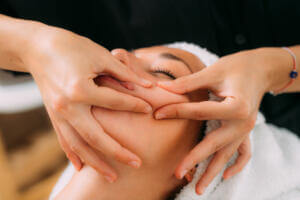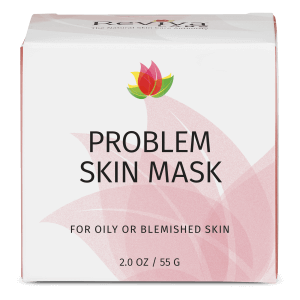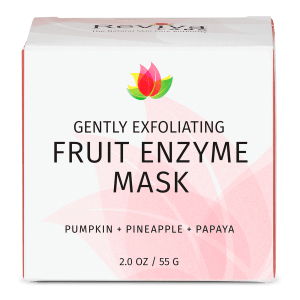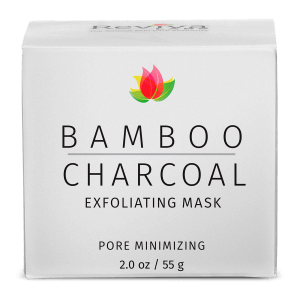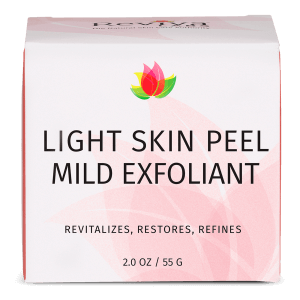Ingredients, Natural, Reviva Labs, Skin Care
Exploring the Benefits and Differences of Bentonite Clay and Kaolin Clay in Skincare
Clay has been a staple in skincare for centuries, revered for its natural ability to cleanse and heal the skin. Among the various types, bentonite clay and kaolin clay are two of the most popular. Each brings its unique properties and benefits, making them suitable for different skin types and concerns. This article aims to shed light on what sets these clays apart and how they can enhance your skincare routine.
Bentonite Clay: The Deep Cleanser
Bentonite clay is formed from volcanic ash and is known for its remarkable ability to absorb toxins and impurities from the skin. This clay swells when mixed with water, creating a paste that can draw out dirt, oil, and other contaminants from deep within the pores. Its high absorbency makes it particularly beneficial for those with oily or acne-prone skin.
Using bentonite clay regularly can help reduce the frequency and severity of breakouts. Its antibacterial properties also aid in minimizing blemishes and promoting clearer skin. Additionally, bentonite clay is rich in minerals like calcium, magnesium, and iron, which can nourish the skin and improve its overall health. However, because of its potent absorbing abilities, it might be too drying for those with already dry or sensitive skin.
Kaolin Clay: The Gentle Purifier
Kaolin clay, also known as China clay, is one of the gentlest clays used in skincare. It’s often recommended for people with sensitive skin due to its mild nature. Unlike bentonite clay, kaolin doesn’t swell significantly when mixed with water. This makes it less likely to strip the skin of its natural oils. Instead, kaolin clay works to gently exfoliate and purify the skin, removing dead skin cells and surface impurities without causing irritation.
Available in several colors, including white, yellow, red, and pink, each type of kaolin clay has slightly different properties. White kaolin is the most common and the mildest, suitable for sensitive skin. Yellow and red kaolin have higher levels of iron oxide and are slightly more absorbent, making them good for normal to combination skin types. Pink kaolin is a blend of white and red kaolin, offering a balance of gentle cleansing and mild exfoliation.
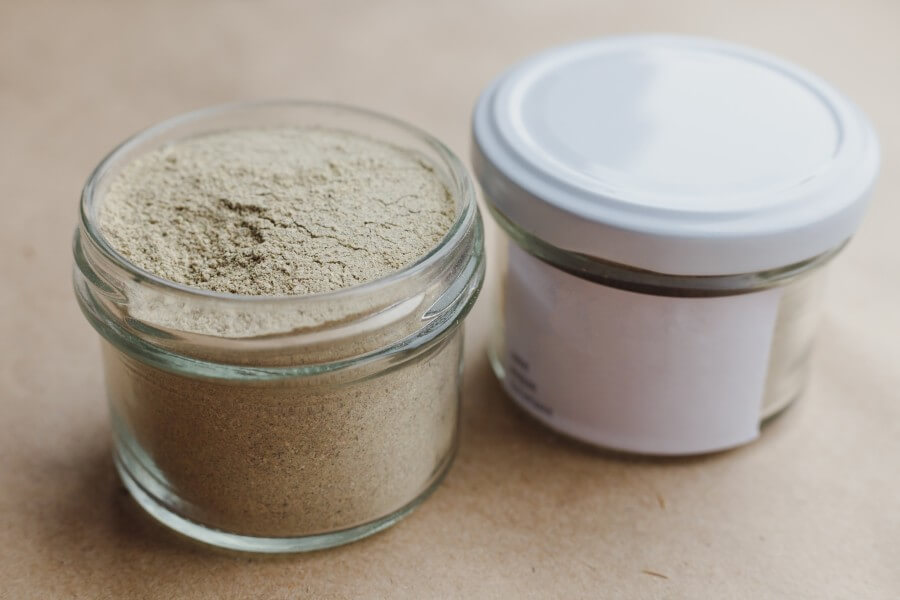
Comparing Their Benefits
While both clays offer cleansing benefits, their differing properties make them suitable for different skincare needs. Bentonite clay’s strong absorption makes it ideal for oily and acne-prone skin. It helps control excess oil production, which can lead to fewer breakouts. Kaolin clay, being gentler, is suitable for dry, sensitive, or mature skin. It provides a gentle cleanse and exfoliation without over-drying the skin.
A study published in the International Journal of Pharmaceutics found that clay masks, including those made with bentonite and kaolin, can significantly improve skin clarity and texture when used regularly. This highlights the effectiveness of these natural ingredients in promoting healthy skin.
Application and Usage
When using bentonite clay, it’s essential to mix it with water or apple cider vinegar to form a paste. Apply this paste evenly to the face, avoiding the eyes and lips, and leave it on for about 10-15 minutes. As the clay dries, you may feel a tightening sensation, which indicates the clay is drawing out impurities. Rinse off with warm water and follow up with a moisturizer to prevent dryness.
For kaolin clay, mix it with water or a hydrating ingredient like honey to create a smooth paste. Apply it to the skin and leave it on for about 10 minutes. Since kaolin doesn’t dry out as much as bentonite, it’s easier on the skin and can be used more frequently. Rinse off gently with warm water, and apply a moisturizer to keep the skin hydrated.
Choosing the Right Clay for Your Skin Type
Selecting between bentonite and kaolin clay depends largely on your skin type and concerns. If you struggle with excessive oil, frequent breakouts, and need a deep cleanse, bentonite clay is likely your best bet. It can help manage oil production and prevent clogged pores. On the other hand, if your skin is sensitive, prone to dryness, or you are looking for a gentle exfoliant, kaolin clay would be more appropriate. It cleanses without stripping away essential moisture, making it ideal for regular use.
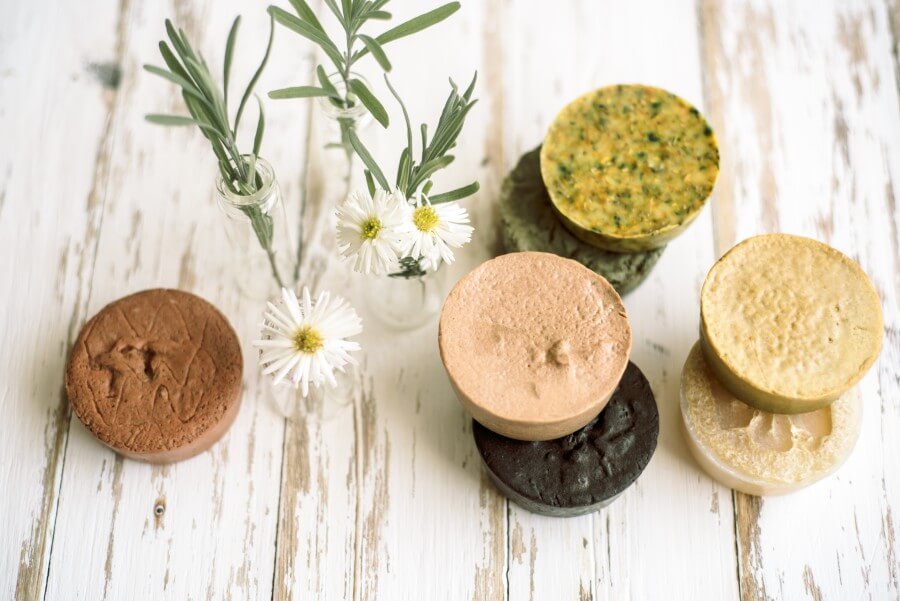
Incorporating Clays into Your Routine
Integrating these clays into your skincare routine can be straightforward. For those with oily skin, using a bentonite clay mask once or twice a week can help control oil and keep the skin clear. It’s also beneficial for spot treatments on blemishes. Kaolin clay can be used more frequently, even daily, for those with dry or sensitive skin. Its gentle nature ensures it cleanses without causing irritation.
Combining these clays with other skincare ingredients can also enhance their benefits. For instance, mixing kaolin clay with a hydrating mask or a few drops of facial oil can provide a soothing treatment for dry skin. Bentonite clay can be combined with tea tree oil or witch hazel for an added antibacterial effect, particularly beneficial for acne-prone skin.
Understanding the Science
The effectiveness of clay in skincare lies in its structure. Clays are composed of fine mineral particles that have a high surface area and are negatively charged. This allows them to attract and hold onto positively charged impurities and toxins, effectively removing them from the skin. This adsorption process (distinct from absorption) is what makes clays such powerful cleansers.
A report from the American Academy of Dermatology highlights that clay masks can improve skin conditions by removing excess oil and bacteria, reducing inflammation, and improving the skin’s barrier function. This underscores the potential of bentonite and kaolin clays in maintaining healthy skin.
Common Misconceptions
There are several misconceptions about using clay in skincare. One common belief is that all clays are too harsh for dry or sensitive skin. While some clays, like bentonite, can be drying, others, like kaolin, are gentle and suitable for these skin types. Another misconception is that clay masks should be used daily. While kaolin clay can be used more frequently, bentonite clay is best used sparingly to avoid over-drying the skin.
The Bottom Line
Both bentonite and kaolin clay have unique properties that make them beneficial for different skin types and concerns. Bentonite clay offers deep cleansing and is ideal for oily and acne-prone skin, while kaolin clay provides gentle purification suitable for dry, sensitive, and mature skin. Understanding your skin’s needs and how these clays work can help you choose the right one for your skincare routine. Regular use of clay masks can lead to clearer, healthier skin, making them a valuable addition to any skincare regimen.



